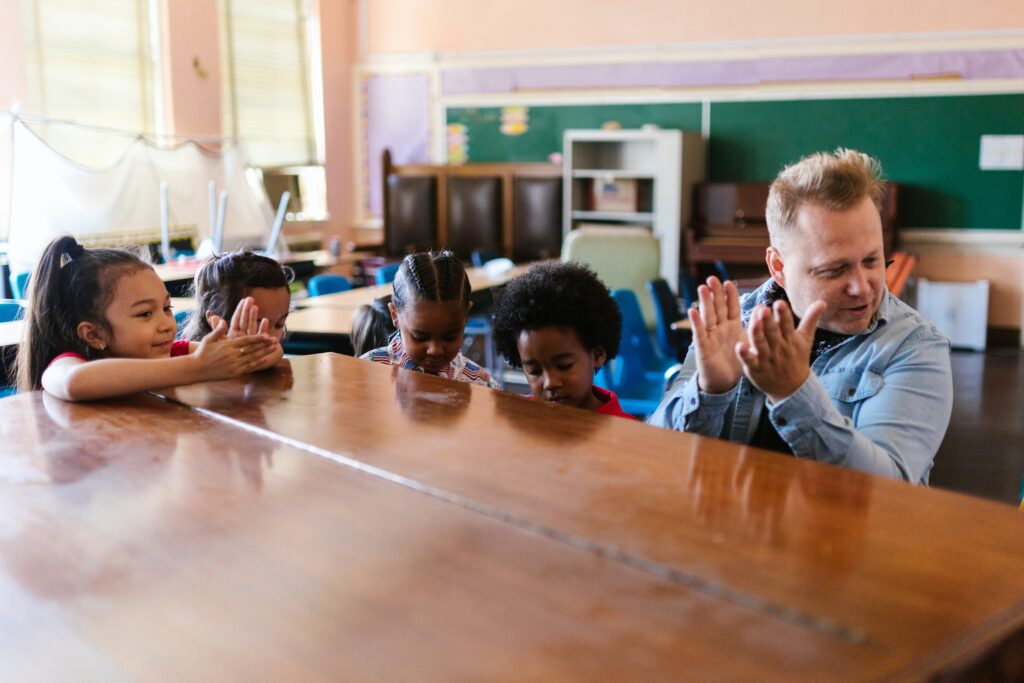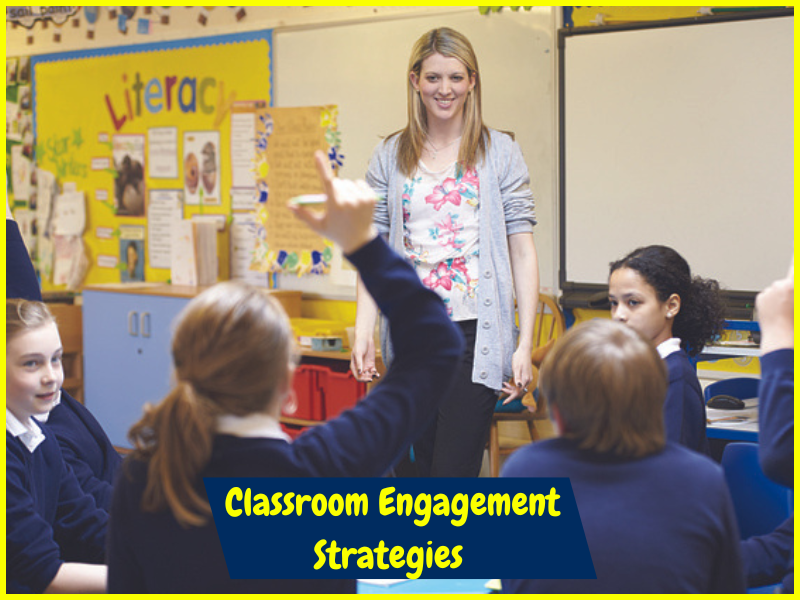Table of Contents
Introduction
In the ever-evolving landscape of education, classroom engagement is the cornerstone of effective teaching. When students are actively involved in the learning process, they not only retain information better but also develop critical thinking skills. This article delves into classroom engagement strategies, exploring methods that empower educators to spark the flames of curiosity, ensuring that every student is excited to learn.
The Importance of Classroom Engagement

Classroom engagement is more than just keeping students attentive; it’s about nurturing a deep, lasting connection with the subject matter. The 21st-century classroom should be a dynamic space where learning is both exciting and meaningful. So, let’s explore how educators can achieve this.
The Art of Classroom Engagement

1. Interactive Learning

- Embrace technology: Incorporate multimedia tools and interactive platforms to make lessons engaging.
- Group activities: Encourage collaborative learning, promoting discussions and peer teaching.
2. Varied Teaching Methods
- Diversify content delivery: Use lectures, hands-on activities, and real-world examples to cater to different learning styles.
- Flipped classrooms: Assign readings or videos before class, making classroom time for discussions and problem-solving.
3. Gamification
- Turn lessons into games: Utilize quizzes, puzzles, and educational games to make learning fun.
- Competition and rewards: Create a sense of achievement by offering rewards for participation and excellence.
4. Incorporate Student Interests
- Personalized learning: Understand each student’s interests and align content with their passions.
- Real-world connections: Show how classroom topics relate to their lives, sparking intrinsic motivation.
Strategies for Different Learning Levels
1. Elementary School

- Storytelling: Use narratives to convey knowledge.
- Hands-on activities: Encourage exploration and creativity.
- Visual aids: Utilize colorful visuals to aid understanding.
2. Middle School

- Role-playing: Foster empathy and critical thinking.
- Practical projects: Encourage problem-solving and teamwork.
- Debates: Promote analytical thinking and articulation.
3. High School

- Socratic seminars: Encourage thoughtful discussion and debate.
- Research projects: Develop research and presentation skills.
- Internships and mentorship programs: Bridge the gap between theory and practice.
Overcoming Challenges
1. Addressing Individual Needs
- Differentiated instruction: Tailor teaching to cater to various learning paces.
- Special education support: Ensure inclusivity by providing additional resources.
2. Managing Classroom Size
- Small group activities: Break the class into smaller groups for more focused interactions.
- Technology integration: Use virtual platforms to facilitate participation in larger classes.
Conclusion
In conclusion, classroom engagement is the key to unlocking a world of knowledge for students. By implementing interactive learning, varied teaching methods, gamification, and personalized approaches, educators can ignite the spark of curiosity in their students, making the learning process an exciting journey.
FAQs
1. What is the significance of classroom engagement in education?
- Classroom engagement is crucial because it ensures that students are actively involved in the learning process, leading to better retention and the development of critical thinking skills.
2. How can I implement personalized learning in my classroom?
- Personalized learning involves understanding each student’s interests and aligning the content with their passions. It also means showing how classroom topics relate to their lives.
3. What are some effective strategies for engaging high school students?
- Strategies for engaging high school students include Socratic seminars, research projects, and internships or mentorship programs.
4. How can educators overcome the challenges of managing a large classroom?
- To manage large classrooms effectively, educators can use small group activities and integrate technology to facilitate participation.
5. Why is gamification a valuable classroom engagement strategy?
- Gamification in the classroom can make learning fun and engaging by using quizzes, puzzles, and educational games to create a sense of achievement and competition among students.



